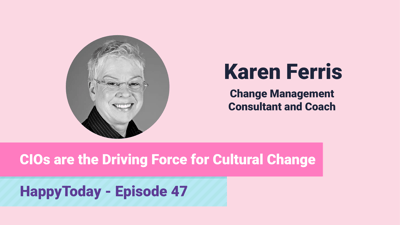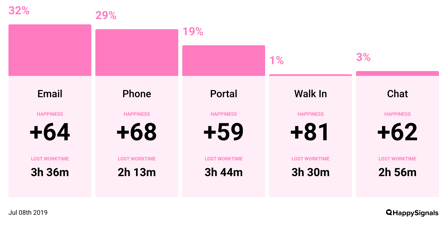$900B was wasted last year in Digital Transformation
Unfortunately, statistics report that 70% of Digital Transformation projects fail, with $900B being wasted 2018.
Related content

4 minute read
15.12.2020
47. CIOs are the Driving Force for Cultural Change, with Karen Ferris
Read more >
4 minute read
08.07.2019
Service Alert: Support portals are wasting employees worktime
During the last 6 months we have collected feedback from over 330.000 employees about their service experience with IT ...
Read more >

